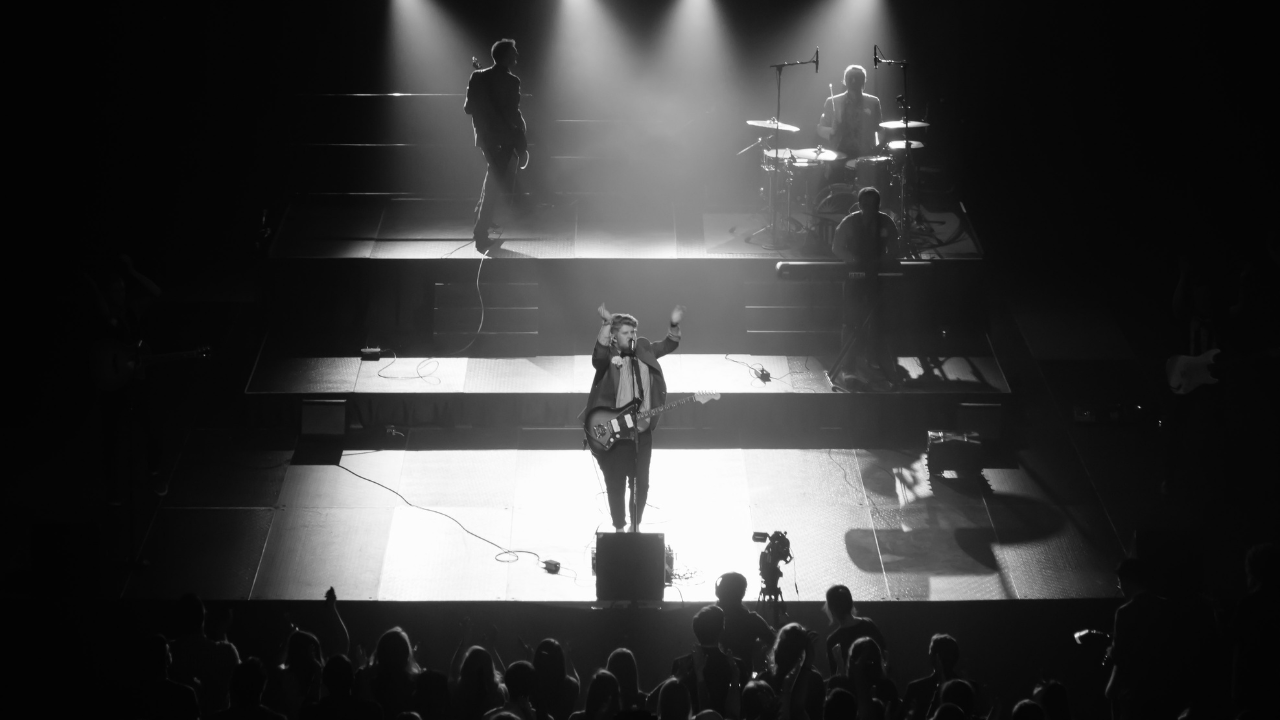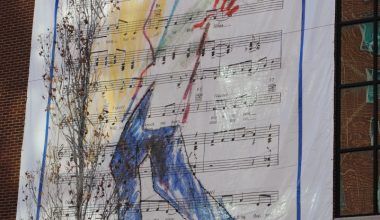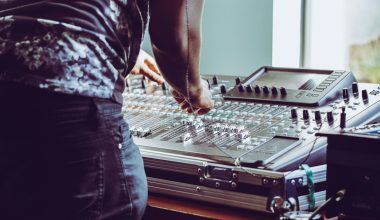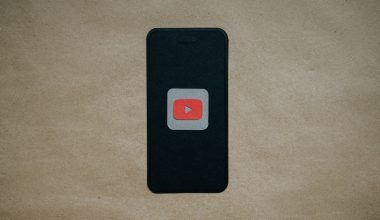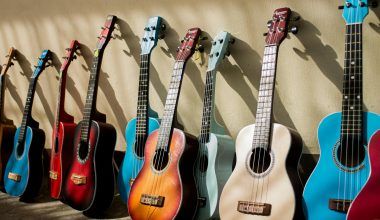Hi there! Let’s talk about something super fun today—EDM subgenres! If you’ve ever danced to music that makes your heart race, your feet move, and your hands rise in the air, chances are you’ve enjoyed EDM. But did you know there are so many styles of EDM, each with its own flavor? That’s what we’re going to explore.
Imagine EDM as a big tree. The trunk is EDM itself, and its branches are the subgenres—all different, but all connected. Each subgenre brings something unique, like different ice cream flavors—whether you like energetic beats, dreamy melodies, or heavy bass, there’s something for everyone.
Let’s dive into this exciting musical world and discover what makes each subgenre so special.
What Is EDM? A Quick Introduction
Before we dive into the subgenres, let’s get to know EDM better. EDM stands for Electronic Dance Music, a type of music made using electronic instruments like synthesizers, drum machines, and computers.
EDM first became popular in the 1970s and 80s, with its roots in disco and early electronic experiments. Since then, it has grown into a massive global phenomenon. People love it because it’s fun, energetic, and great for dancing or just vibing out.
The Big Family of EDM Subgenres
Let’s now explore the EDM subgenres—each one is like a sibling with its own personality. Whether you’re at a festival, in a club, or just chilling at home, there’s an EDM subgenre for every mood.
1. House Music: The Life of the Party
- What’s It Like? Think of a steady beat that gets you moving. Add soulful melodies and funky basslines, and you’ve got house music.
- Where Did It Start? In Chicago, in the 1980s.
- Why Do People Love It? It’s simple, fun, and perfect for dancing!
- Famous Artists: David Guetta, Calvin Harris, and Frankie Knuckles.
- Subgenres: Deep House (relaxed), Progressive House (energetic), and Tech House (funky with techy vibes).
House music is the heart of every dance floor. It’s like the friend who always knows how to start a party!
2. Techno: The Underground Star
- What’s It Like? Techno is all about beats that repeat and build up—it’s hypnotic and futuristic.
- Where Did It Start? In Detroit, in the 1980s.
- Why Do People Love It? It’s perfect for getting lost in the music.
- Famous Artists: Charlotte de Witte, Jeff Mills, and Richie Hawtin.
- Subgenres: Acid Techno (trippy), Minimal Techno (simple yet intense), and Industrial Techno (raw and edgy).
Techno is like a deep conversation—it draws you in and keeps you hooked.
3. Trance: The Dreamer’s Music
- What’s It Like? Trance has beautiful melodies that take you to another world. It’s emotional and uplifting.
- Where Did It Start? In Germany, in the 1990s.
- Why Do People Love It? It makes you feel like you’re flying.
- Famous Artists: Armin van Buuren, Tiësto, and Paul van Dyk.
- Subgenres: Psytrance (psychedelic), Progressive Trance (smooth and steady), and Vocal Trance (emotional with lyrics).
Trance is like a warm hug—it makes you feel good inside.
4. Dubstep: The Rebel of EDM
- What’s It Like? Dubstep is loud, bass-heavy, and full of wobbly sounds. It’s exciting and edgy.
- Where Did It Start? In the UK, in the early 2000s.
- Why Do People Love It? It’s bold and gets your adrenaline pumping.
- Famous Artists: Skrillex, Zomboy, and Excision.
- Subgenres: Brostep (heavier), Deep Dubstep (chill and bassy), and Riddim (groovy).
Dubstep is like a rollercoaster ride—thrilling and unforgettable.
5. Drum and Bass (D&B): Fast and Furious
- What’s It Like? Fast beats, heavy basslines, and sharp rhythms—it’s high-energy music that keeps you on your toes.
- Where Did It Start? In the UK, in the 1990s.
- Why Do People Love It? It’s thrilling and dynamic.
- Famous Artists: Pendulum, Netsky, and Andy C.
- Subgenres: Liquid D&B (smooth and jazzy), Neurofunk (dark and technical), and Jump-Up (bouncy and fun).
D&B is like running through a jungle—it’s wild and exhilarating.
While the big subgenres get most of the attention, there are many hidden gems in EDM. Let’s look at some:
1. Future Bass: Bright and Playful
Future Bass is all about happy vibes, bright sounds, and playful melodies. It feels like sunshine in music form. Artists like Flume and Marshmello have made it super popular.
2. Hardstyle: High-Energy Fun
Hardstyle has pounding kicks, distorted sounds, and euphoric melodies. It’s a festival favorite, especially at events like Defqon.1.
3. Tropical House: Relaxed and Dreamy
Tropical House brings summer to your ears with steel drums, soft beats, and beachy vibes. Kygo and Thomas Jack are the kings of this chill style.
4. Glitch Hop: Quirky and Funky
Glitch Hop is funky, experimental, and full of cool sound effects. If you like unique music, this one’s for you.
Why Do People Love EDM Subgenres?
One of the best things about EDM is that there’s something for everyone. Here’s why people adore it:
- It’s a Mood-Booster: Whether you want to dance, relax, or just escape, EDM has a subgenre that matches your mood.
- It Brings People Together: Festivals like Tomorrowland unite people from all over the world.
- It’s Creative: EDM artists are always pushing boundaries, blending sounds, and experimenting.
The Future of EDM Subgenres
The world of EDM subgenres is always evolving. New styles like Hybrid Trap and Future Rave are already making waves. With technology like AI, who knows what the future holds? One thing’s for sure—EDM will keep surprising and delighting us.
Conclusion: Dance Through the Diversity of EDM
So, there you have it—a deep dive into the colorful world of EDM subgenres! From the soulful grooves of house music to the heavy drops of dubstep, each subgenre adds its unique touch to this amazing genre.
Next time you listen to EDM, see if you can spot the different subgenres. Better yet, share what you’ve learned with your friends and take them on a musical journey. Because EDM isn’t just music—it’s a way to connect, express, and celebrate life.
Related Articles:
For further reading, explore these related articles:
- Everything About Spotify Premium Fee: Why It’s Worth It
- The Rise of the Rap God of India: Breaking Down the Phenomenon
For additional resources on music marketing and distribution, visit Deliver My Tune.
